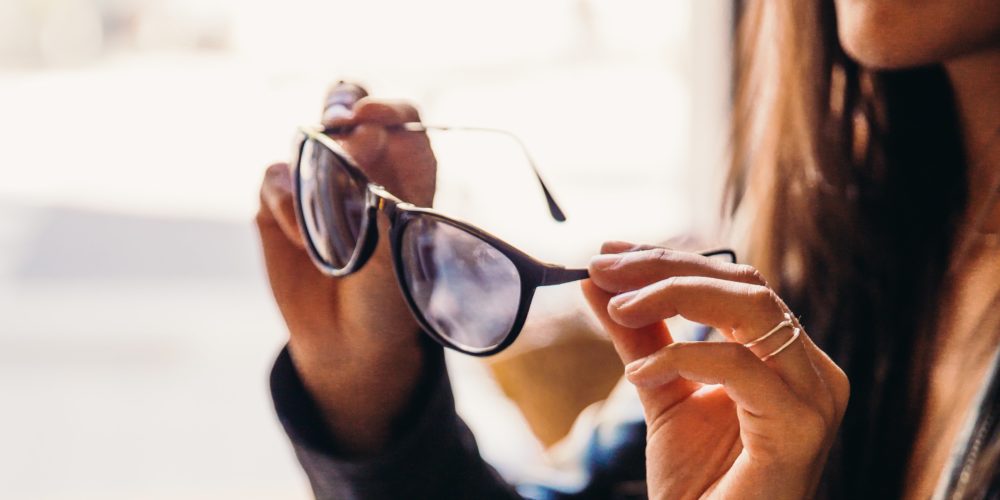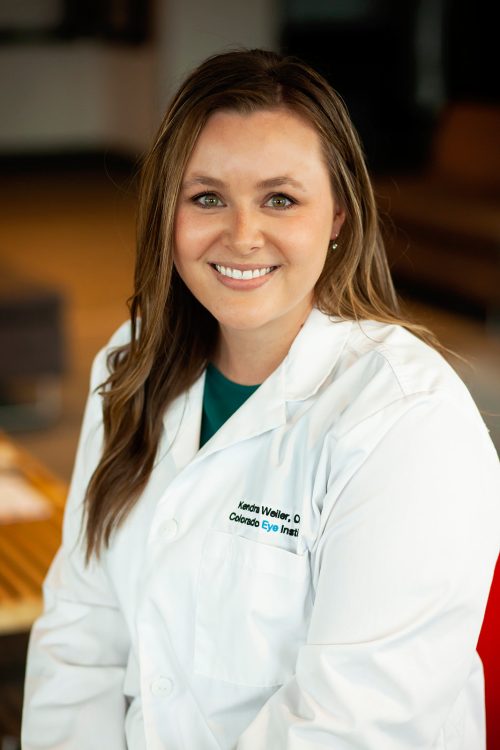The Importance of Eye Exams
Basic eye exams are quick, easy, and painless. Everyone needs regular eye exams, and the reason medical professionals strongly recommend scheduling eye exams is because they help detect eye problems at their earliest stage when they are most treatable. This is particularly important if you have risk factors or a family history of eye problems. Children need their vision checked at 6 months, 3 years, and before the first grade. Adults should see an eye doctor at least every two years and annually after age 60.
Correct Vision Loss and Detect Eye-Threatening Diseases
Regular eye exams are critical for maintaining clear vision, correcting vision loss, and for detecting and protecting against serious vision threatening diseases such as:
- Glaucoma
- Age-Related Macular Degeneration (AMD)
- Cataracts
- Diabetic Retinopathy
What to Expect During Your Eye Exam
- Before your eye exam, the eye doctor or an office staff member will take your medical and vision history.
- Your eye exam may take from half an hour to an hour. It will evaluate both your vision and the health of your eyes. You’ll likely have all or many of the following tests:
- Eye-chart visual acuity rest: each eye is thoroughly tested using a standardized eye-chart.
- Pupillary function with exterior eye exam: the doctor will observe the reactions of your pupils to light and objects at close distance. At the same time, the doctor will check the exterior eye, looking at things such as the condition of the white of the eyes and the position of your eyelids. Pupils are also inspected to make sure sizes are similar in each eye and are also regularly shaped.
- Refraction testing for determining exact lens prescription: This test determines the best corrected vision to be expected with the help of glasses or contact lenses.
- Eye muscle function: this will test the tracking ability of the eyes while working together.
- Peripheral vision: peripheral vision is assessed to check for abnormalities from stroke, glaucoma, etc.
- Interior examination of the eye (Ophthalmoscopy): bright light is used in conjunction with a special optical magnifying instrument to obtain a detailed view inside the back of the eye.
- Glaucoma (Ocular Tonometry): The doctor will test to see whether the fluid pressure inside your eyes is within a normal range. The test is painless and takes just a few seconds, the test can be done several ways.




